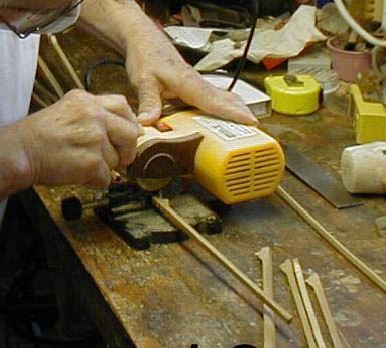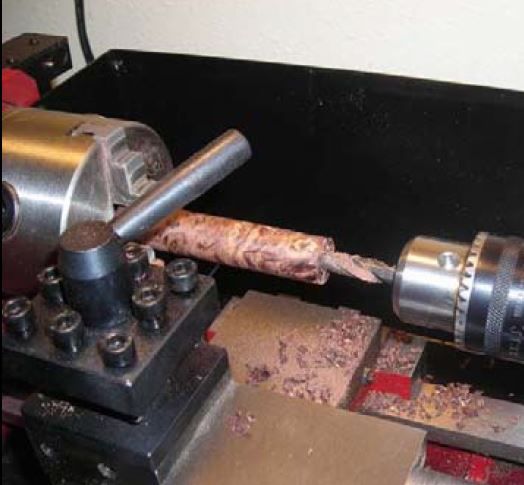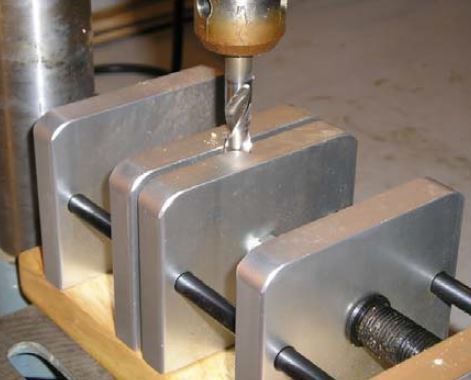
Cane Gadgets
I want to begin with a disclaimer; I’ve been making cane rods for only about a year and a half now, and with fewer than twenty rods under my belt, I would be the first to admit that I have a whole lot to learn. I haven’t had the advantage of learning directly from an experienced rod maker, which would have made the journey a whole lot easier...

Drawing Nickel Silver for Ferrules
Bamboo rodmaking is a series of journeys and discoveries. At times you figure the journey is over and it begins again. My journey with making nickel silver Ferrules has been one of these journeys.
When you first learn bamboo rodmaking you are focused on just being able to create the bamboo rod, and you take the other rod components as an afterthought...

Rodmaking 101, Part I
In this series of articles, I will try to make things as simple as I can. It may help some newcomers who may be intimidated about getting started. If flaming the culm, do it before or after you split in half. I do not flame, I like the honey color I get by heat treating...




